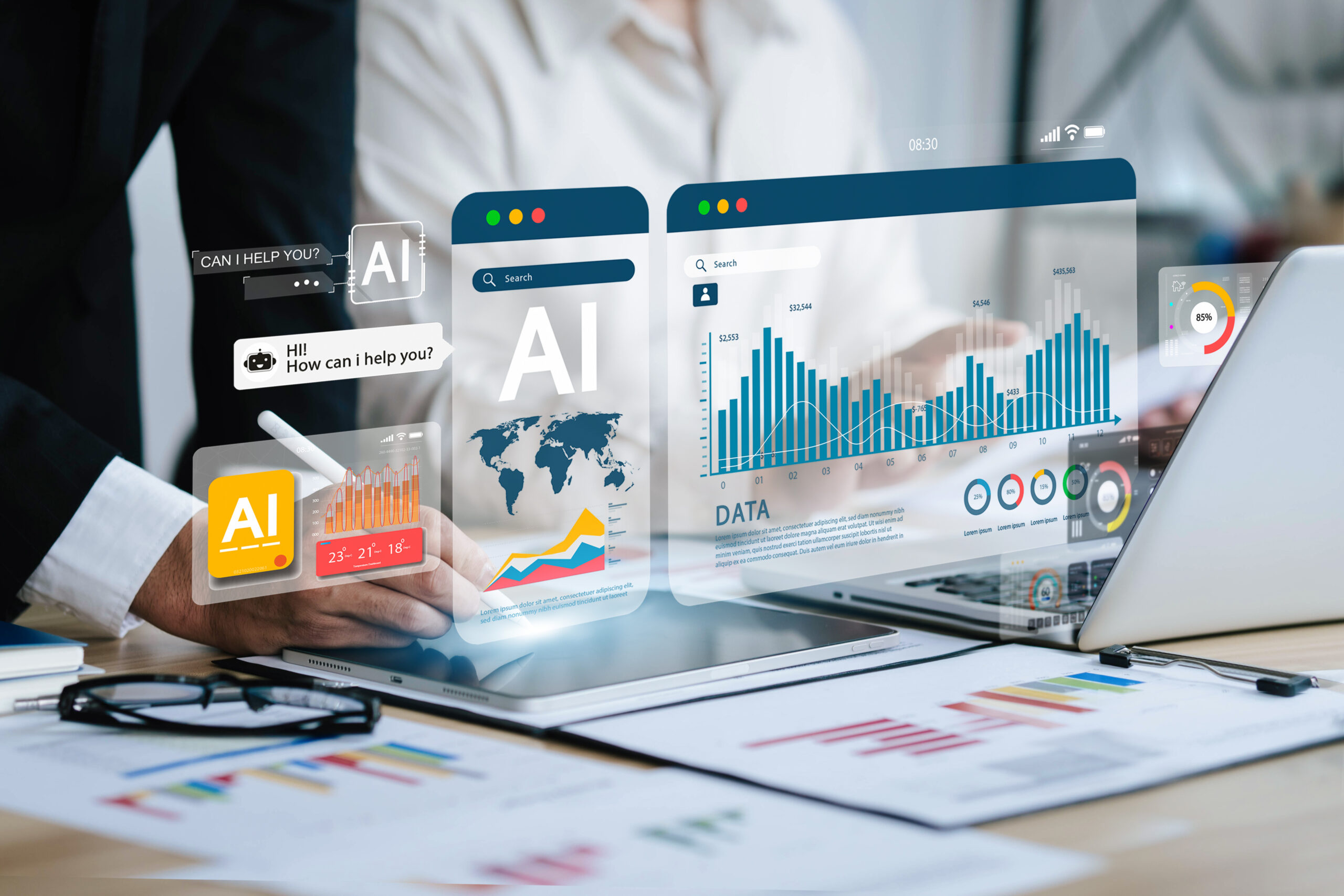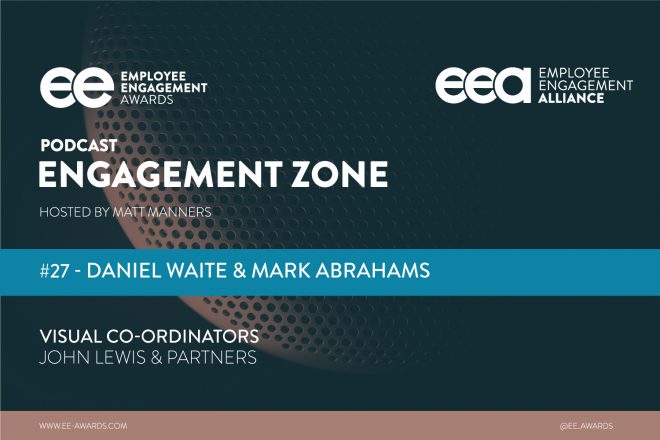
02nd July 2024
Evolving Workplace Dynamics Revelaved by the 2024 Microsoft Work Trend Index

The 2024 Microsoft Work Trend Index reveals that while 75% of employees use AI at work to save time and increase productivity, there is a significant gap in strategic AI implementation among leaders, with 60% lacking plans. This discrepancy raises concerns about data security, training, and maximizing AI’s potential in the workplace.
This article was written by Melody Brue and published in Forbes.
The latest annual Work Trend Index, a collaborative effort between Microsoft and LinkedIn, has uncovered a widening gap between employees’ eagerness to adopt AI in the workplace and their leaders’ preparedness for its integration. Spanning 31 countries and surveying 31,000 individuals, Microsoft’s extensive study integrates survey responses with labor market insights to explore evolving workplace behaviors and attitudes toward work.
Key findings from the Work Trend Index highlight a notable surge in AI adoption among employees, driven by the desire for enhanced efficiency and focus. However, this enthusiasm is tempered by a clear need for more strategic planning and training from organizational leadership, potentially creating a disconnect between employee aspirations and organizational readiness.
Since its recent release, I’ve closely monitored how these findings are manifesting in corporate environments. In this analysis, I will unpack these insights, examine AI’s impact on the workforce, and discuss strategic pathways for companies to navigate this evolving landscape effectively.
Employees’ Appetite for AI Outpaces Leadership Preparedness It comes as no surprise that 75% of employees now utilize AI in their daily work—a figure that has surged over the past six months with the frequent introduction of new AI tools. Yet, despite widespread acknowledgment of AI’s business significance (79% of leaders deem it a strategic imperative), a substantial 60% admit to lacking strategic implementation plans. Moreover, nearly as many (59%) express concerns over quantifying productivity gains to demonstrate AI’s return on investment (ROI).
The Work Trend Index further reveals that 78% of employees are bringing their own AI tools to work, often without official approval—a practice referred to as BYOAI. Motivated by perceived benefits such as time savings and productivity enhancements, this trend raises significant data security and privacy issues. Unauthorized AI tool usage may inadvertently expose sensitive corporate information to external platforms or lead to violations of company policies. The absence of oversight over these tools also heightens vulnerability to security breaches and cyber threats.
Implications for Data Ownership and Compliance
The rise of personal AI tools also raises critical questions about data ownership and compliance. When employees employ AI to process work outputs, determining ownership of resulting insights becomes challenging. This scenario poses legal and ethical dilemmas, particularly with confidential or proprietary information.
Moreover, reliance on unregulated AI tools introduces potential inconsistencies and errors in work processes. Variations in accuracy and reliability among different AI solutions can lead to discrepancies in outputs and subsequent decisions. This issue is particularly consequential in regulated sectors where precision and adherence to standards are paramount.
While employees increasingly embrace AI to enhance productivity, organizations must urgently address strategic planning gaps and regulatory concerns. By proactively managing AI integration, organizations can harness its full potential while safeguarding data integrity and compliance.
Read the full article: 2024 Microsoft Work Trend Index Shows Shifting Workplace Dynamics
The Inspiring Workplaces Awards are open!
3 ways to be Recognised: Organisations, Individuals and Vendors.






